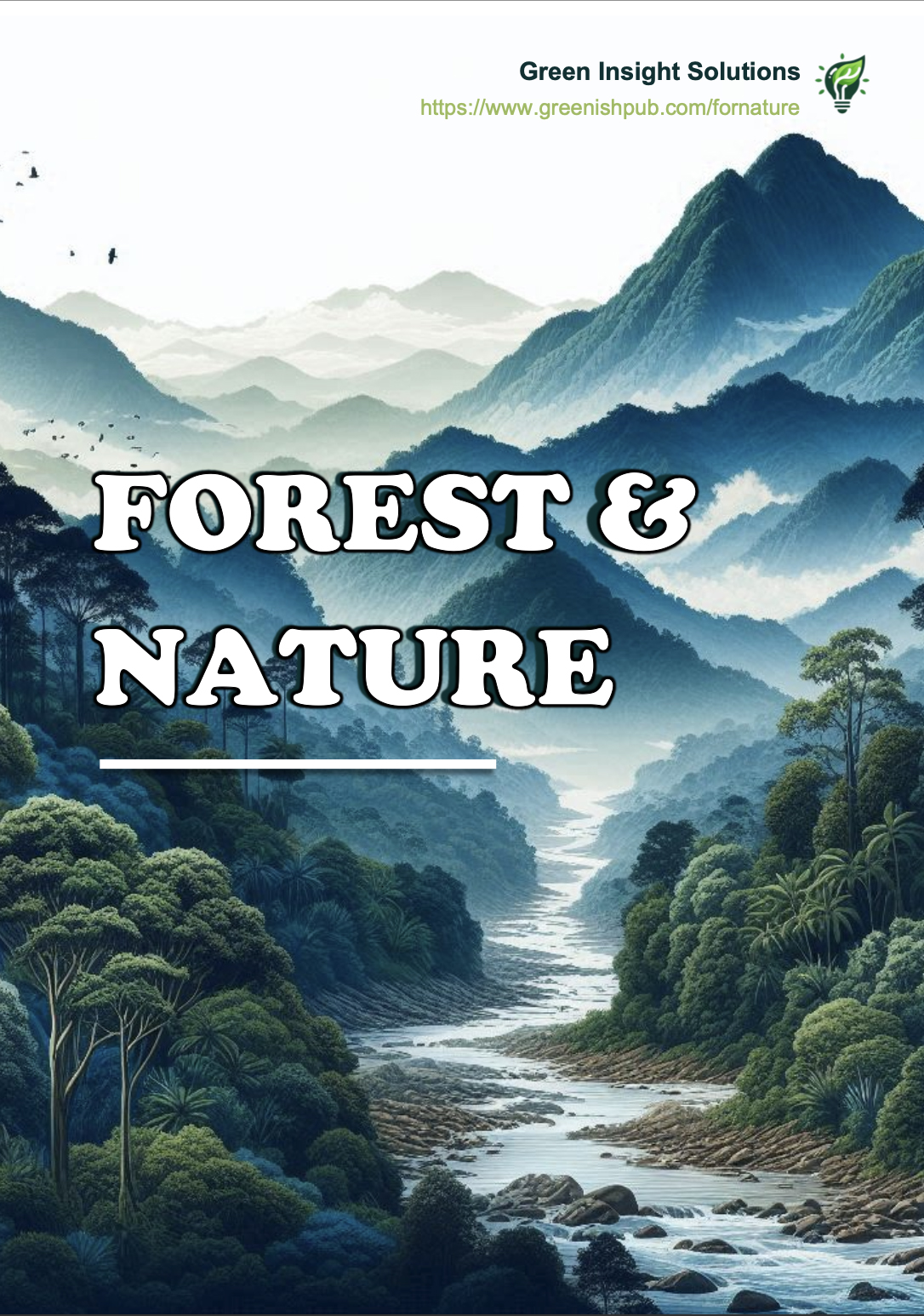Phytochemical Composition of Sonneratia alba Mangrove Leaves and Fruits: Opportunities for Functional Food, Herbal Medicine, and Forest Conservation

Abstract
Mangrove ecosystems are vital coastal habitats that provide ecological, economic, and medicinal benefits. Sonneratia alba, a dominant mangrove species in Muara Gembong, Indonesia, is traditionally utilized for food products and herbal remedies; however, limited studies have compared its organ-specific phytochemical profiles. This study investigates the qualitative composition of secondary metabolites in the leaves and fruits of S. alba using 96% ethanol extracts and standard phytochemical screening methods. The results revealed that both plant parts contained saponins, tannins, phenolics, flavonoids, and glycosides, while triterpenoids were exclusively detected in the leaves, and steroids were absent in both organs. These findings highlight distinct organ-specific variations in secondary metabolites, suggesting that leaves may possess greater therapeutic potential than fruits. The identified bioactive compounds exhibit antioxidant, anti-inflammatory, antimicrobial, and anticancer properties, underscoring their relevance for natural drug discovery and the development of functional foods. Moreover, promoting the pharmacological value of S. alba contributes to enhancing community awareness and participation in mangrove conservation. This study provides a scientific basis for future exploration of targeted bioactivity and sustainable utilization of S. alba in coastal ecosystem management.
Keywords
Mangrove fruits, Mangrove leaves, Phytopharmaceuticals, Secondary metabolites, Sonneratia alba


